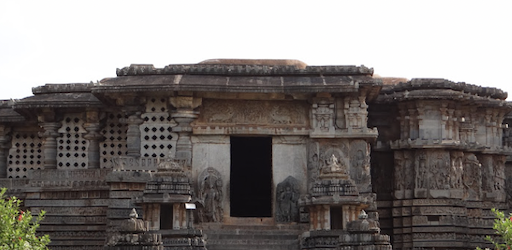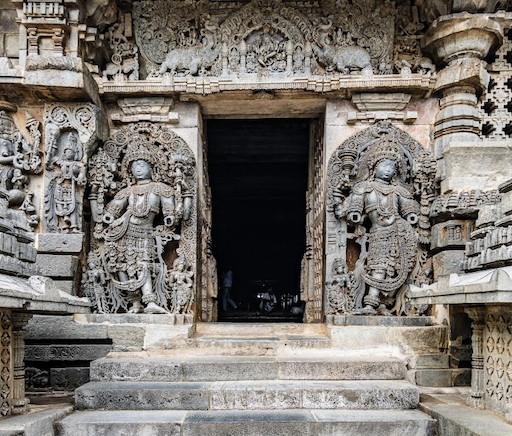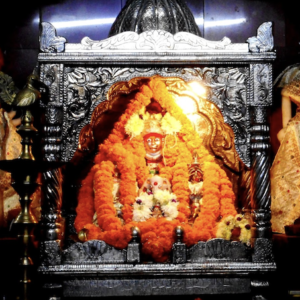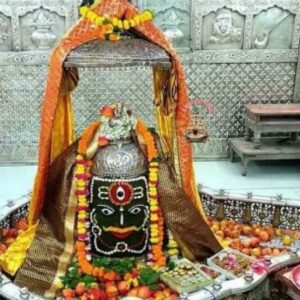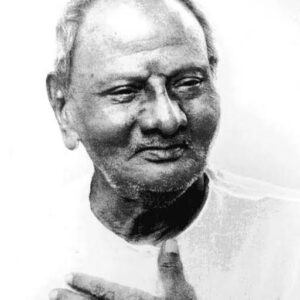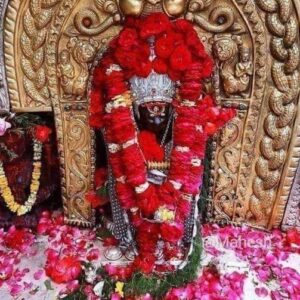This is a consecrated lingas of Sri Hoysaleshwara & Sri Shantaleshwara twin temple.
There is a place to sit and meditate. You can go into meditative states here effortlessly.
How to get there:
The temple is located 79 m East of Halebeedu KSRTC Bus Stand.
Map: https://maps.app.goo.gl/BHXagpoMaKj2mxbG6
About Hoysaleshwara Temple
Hoysaleswara temple, also referred simply as the Halebidu temple, is a 12th-century Hindu temple dedicated to Lord Shiva. It is the largest monument in Halebidu, a town in the state of Karnataka, India and the former capital of the Hoysala Empire. The temple was built on the banks of a large man-made lake, and sponsored by King Vishnuvardhana of the Hoysala Empire.[2] Its construction started around 1121 CE and was complete in 1160 CE.[3][4] During the early 14th century, Halebidu was twice sacked and plundered by the Muslim armies of the Delhi Sultanate from northern India,[5][6][7] and the temple and the capital fell into a state of ruin and neglect.[8] It is 30 kilometres (19 mi) from Hassan city and about 210 kilometres (130 mi) from Bengaluru.[9]
The Hoysaleswara temple is a Shaivism tradition monument, yet reverentially includes many themes from Vaishnavism and Shaktism tradition of Hinduism, as well as images from Jainism.[10] The Hoysaleswara temple is a twin-temple dedicated to Hoysaleswara and Santaleswara Shiva lingas, named after the masculine and feminine aspects, both equal and joined at their transept. It has two Nandi shrines outside, where each seated Nandi face the respective Shiva linga inside.[11] The temple includes a smaller sanctum for the Hindu Sun god Surya. It once had superstructure towers, but no longer and the temple looks flat.[12] The temple faces east, though the monument is presently visited from the north side. Both the main temples and the Nandi shrines are based on a square plan.[13] The temple was carved from soapstone. It is notable for its sculptures, intricate reliefs, detailed friezes as well its history, iconography, inscriptions in North Indian and South Indian scripts. The temple artwork provides a pictorial window into the life and culture in the 12th century South India. About 340 large reliefs depict the Hindu theology and associated legends.[10] Numerous smaller friezes narrate Hindu texts such as the Ramayana, the Mahabharata and the Bhagavata Purana. Some friezes below large reliefs portray its narrative episodes.[2][14][11]
Read More

